Despite vast amounts of space in space,Romance Archives cosmic stuff still bumps, smashes, and sideswipes other celestial objects, with no traffic cops in the sky to tame reckless drivers.
The James Webb Space Telescope, the powerful observatory orbiting the sun about 1 million miles from Earth, has made rubbernecking space impacts that much easier. It recently caught the aftermath of a catastrophic collision on camera. The subject, known as the Cartwheel Galaxy, shows what happened after a smaller galaxy impaled a large spiral galaxy similar in shape to the Milky Way. The shockwaves from the crash kicked up gas and dust and ignited new star-forming hotbeds.
Other telescopes such as Hubble have previously studied the Cartwheel, about 500 million light-years away in the Sculptor constellation, to learn about the collision that reshaped it over billions of years. But much of the galaxy's structure has eluded astronomers because of how much has remained hidden from sight. NASA, the European Space Agency, and the Canadian Space Agency are using the new photo released on Tuesday to demonstrate, yet again, the power of their new telescope.
 Left:Webb August 2022 Credit: NASA / ESA / CSA / STScI / Webb ERO Production Team Right:Hubble January 2018 Credit: ESA / Hubble / NASA
Left:Webb August 2022 Credit: NASA / ESA / CSA / STScI / Webb ERO Production Team Right:Hubble January 2018 Credit: ESA / Hubble / NASA Webb, which can see through previously impenetrable space mirk, has upped the ante in the forensic analysis of the Cartwheel Galaxy. Astronomers say they can now see baby stars on its outer edges, new details of the supermassive black hole at its center, and two smaller companion galaxies, along with a deep canvas of distant galaxies upon galaxies upon galaxies.
The Cartwheel has two concentric rings — an uncommon galactic shape found in the universe. The galaxy's bright center features a black hole surrounded by dense gas and hot dust. The most torrid areas host older stars, while the outer rim, expanding over 440 million years, is teeming with young stars and explosive supernovas.
"As this [outer] ring expands, it plows into surrounding gas and triggers star formation."
"As this [outer] ring expands," according to the Space Telescope Science Institute in Baltimore, "it plows into surrounding gas and triggers star formation."
 Astronomers are also learning more about what makes up the dust in the galaxy with images from Webb's mid-infrared instrument. Credit: NASA / ESA / CSA / STScI / Webb ERO Production Team
Astronomers are also learning more about what makes up the dust in the galaxy with images from Webb's mid-infrared instrument. Credit: NASA / ESA / CSA / STScI / Webb ERO Production Team The telescope's near-infrared camera data are shown in blue, orange, and yellow. The blue dots are individual stars or pockets of star nurseries. This camera also displays the contrasting smooth old star regions and clumpy new star areas.
This Tweet is currently unavailable. It might be loading or has been removed.
Astronomers are also learning more about what makes up the dust in the galaxy with images from Webb's mid-infrared instrument. The data, colored red, shows regions chock full of hydrocarbons, silica similar to that found on Earth, and other compounds. These chemicals form a framework of spiraling wheel spokes.
Scientists say though the Hubble photo taken four years ago captured the "spokes," too, Webb's picture brings out significantly more detail in them.
 Save 50% on a Blink video doorbell and camera bundle
Save 50% on a Blink video doorbell and camera bundle
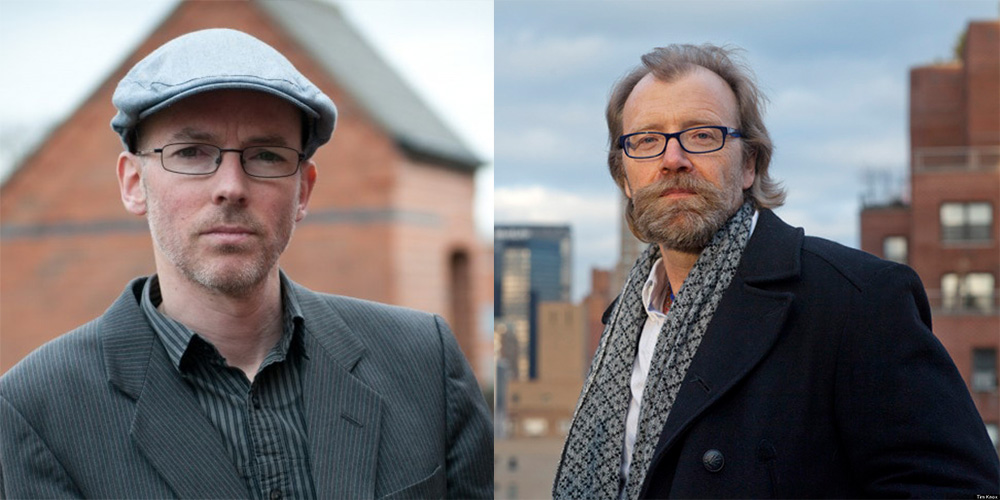 Time Marches On: An Interview with Jon McGregor
Time Marches On: An Interview with Jon McGregor
 A Packing List for Writers
A Packing List for Writers
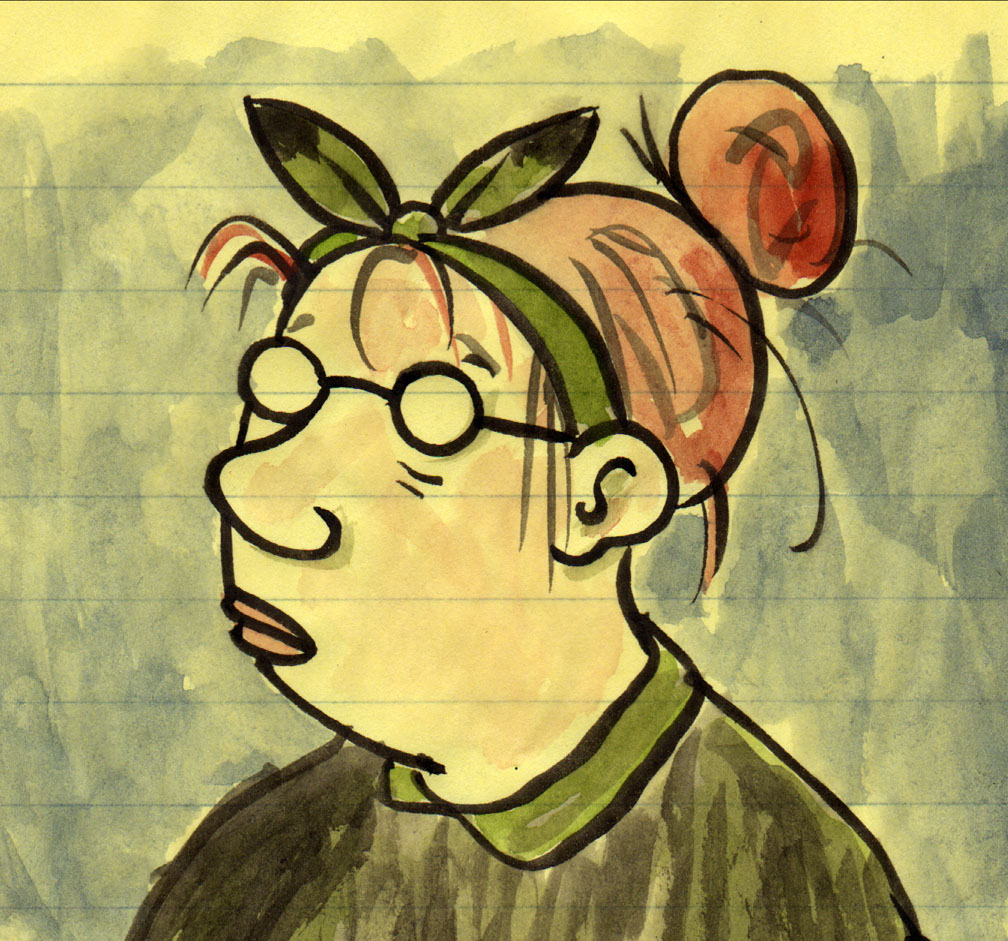 Dear Lynda: Fickle Secret Admirers and Knowing the Ending by Lynda Barry
Dear Lynda: Fickle Secret Admirers and Knowing the Ending by Lynda Barry
 How to unblock XVideos for free
How to unblock XVideos for free
 Explaining corecore, TikTok's newest aesthetic
Explaining corecore, TikTok's newest aesthetic
 Black Friday Amazon Echo deals 2023
Black Friday Amazon Echo deals 2023
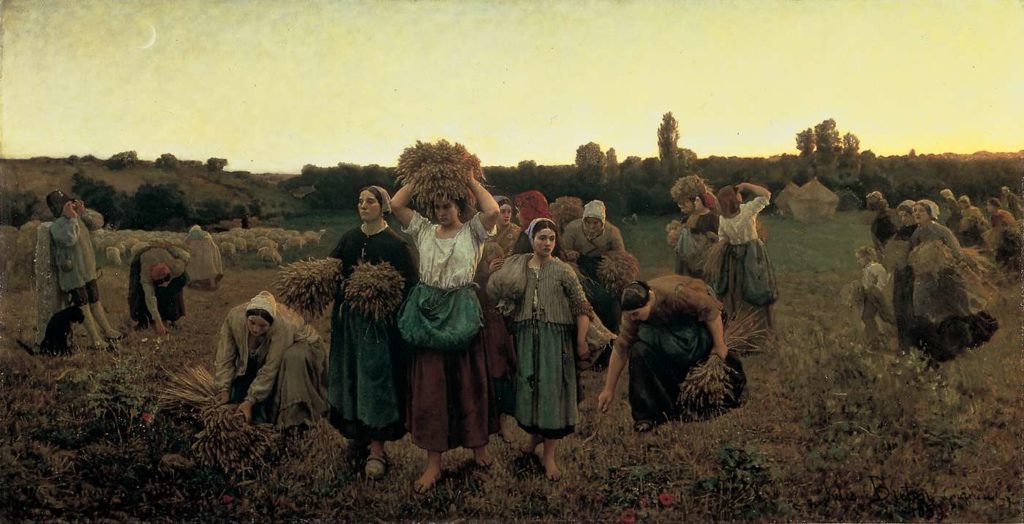 Agnès Varda's Ecological Conscience
Agnès Varda's Ecological Conscience
 Golden State Warriors vs. Los Angeles Lakers 2025 livestream: Watch NBA online
Golden State Warriors vs. Los Angeles Lakers 2025 livestream: Watch NBA online
 The Pound Poem That Wasn't By Pound
The Pound Poem That Wasn't By Pound
 E3 2017 Trailer Roundup: Upcoming PC Games
E3 2017 Trailer Roundup: Upcoming PC Games
 Staff Picks: Witch
Staff Picks: Witch
 iPad (10th gen) deal: $349 at Amazon
iPad (10th gen) deal: $349 at Amazon
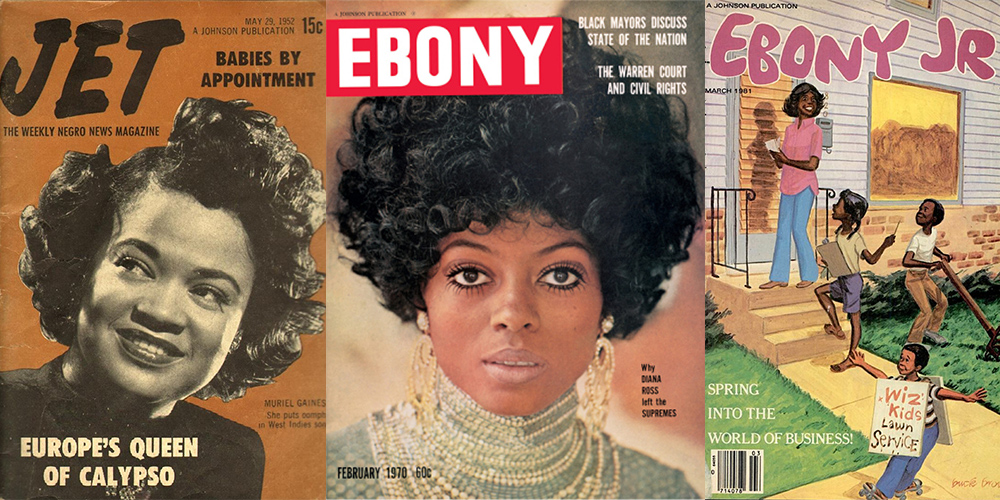 John H. Johnson and the Black Magazine by Dick Gregory
John H. Johnson and the Black Magazine by Dick Gregory
 Best water flosser deal: Save $10 on Waterpik Cordless Pulse
Best water flosser deal: Save $10 on Waterpik Cordless Pulse
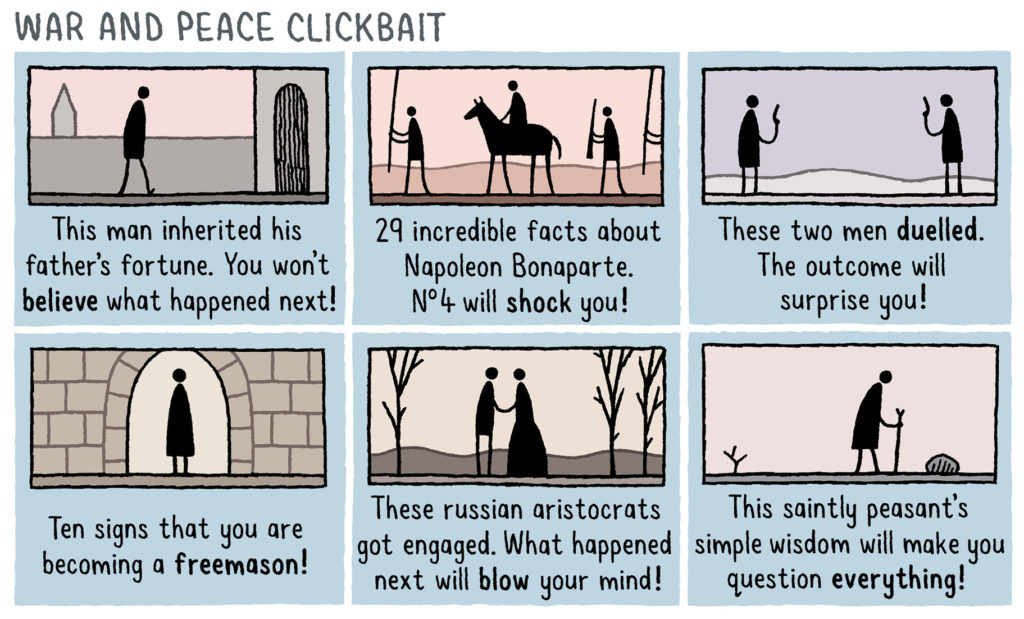 War and Peace Clickbait
War and Peace Clickbait
 Tinder, Match Group rolls out campaign to stop romance scams
Tinder, Match Group rolls out campaign to stop romance scams
 Instagram simplifies its navigation bar, replacing shopping tab with create tab
Instagram simplifies its navigation bar, replacing shopping tab with create tab
 Apple, Tesla, Spotify: The tech announcements that never happened in 2024
Apple, Tesla, Spotify: The tech announcements that never happened in 2024
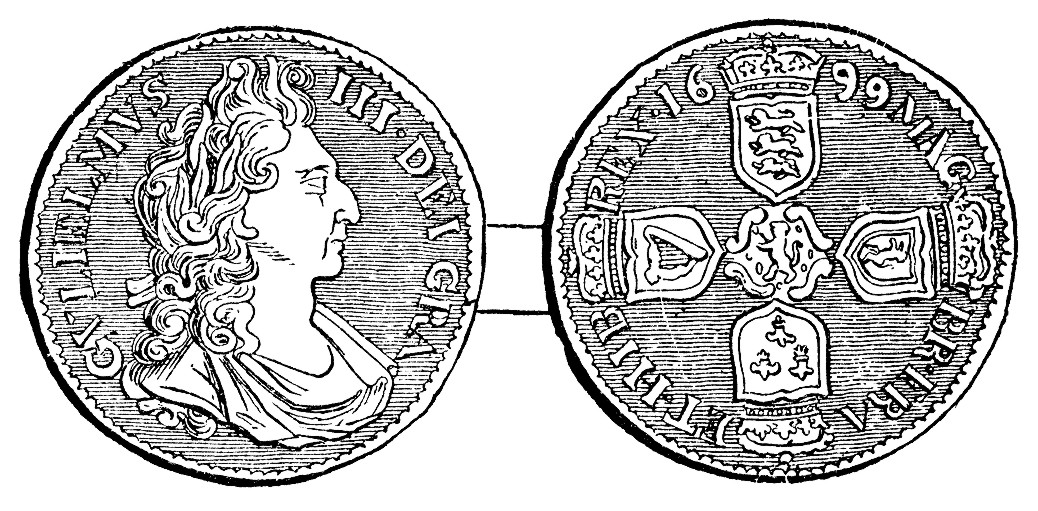 Joyce’s Unpunctuated Rigmarole of Numerical Spangablasm
Joyce’s Unpunctuated Rigmarole of Numerical Spangablasm
'Stranger Things' star Gaten Matarazzo opens up about his genetic conditionDon't say we didn't warn you about Googling Amy SchumerPeople asked Elon Musk some very bizarre questions at the SpaceX Mars eventVine star Jay Versace opens up about his sexuality in a SnapIgnorant muggles put another Harry Potter home up for salePimped out ferry lets couple live out their IKEA fantasies, and it's not fair19 times the Hillary shimmy GIF perfectly describes what you're going throughConstruction worker really regretted his choice of socksSurfer gets surprise of his life when dolphin jumps onto his boardHere are the top 5 takeaways from Elon Musk's big Mars speechThe first presidential debate was the most watched in American historyDad executes a stunning recreation of his daughter's photoshootAnyone can make a Twitter MomentPippa Middleton's hacked iCloud photos banned from publicationA bar used Colin Kaepernick's jersey as a doormatWill and Kate face greatest diplomatic challenge yet, and it's phallic clamsEtsy proposes 3 ways to improve the gig economy in new reportEtsy proposes 3 ways to improve the gig economy in new reportWomen's mag tweets without a link for context are absurdly hilariousHackers are having a field day on China’s wild web Ways to Open a Door: An Interview with Destiny Birdsong by Claire Schwartz Redux: A Point of Coincidence by The Paris Review Fear Is a Three Reality Is Plasticine Loneliness Is Other People by Katharine Smyth Inside the Order Is Always Something Wild by Elizabeth Alexander Staff Picks: Marriage, Martinis, and Mortality by The Paris Review The Art of Distance No. 35 by The Paris Review To Be an Infiltrator by Mónica de la Torre The Fabulous Forgotten Life of Vita Sackville Literary Paper Dolls: Clarissa by Julia Berick and Jenny Kroik The Feminine Pillar of Male Chauvinism by Lucy Scholes Painted Ladies by Camille Dungy Fuck the Bread. The Bread Is Over. by Sabrina Orah Mark The Art of Distance No. 38 by The Paris Review My Gender Is Masha Gessen Venus and the Devata by The Paris Review Losing Smell by Shruti Swamy I See the World by Jamaica Kincaid Sex in the Theater: Jeremy O. Harris and Samuel Delany in Conversation by Toniann Fernandez
2.0151s , 10139.796875 kb
Copyright © 2025 Powered by 【Romance Archives】,New Knowledge Information Network